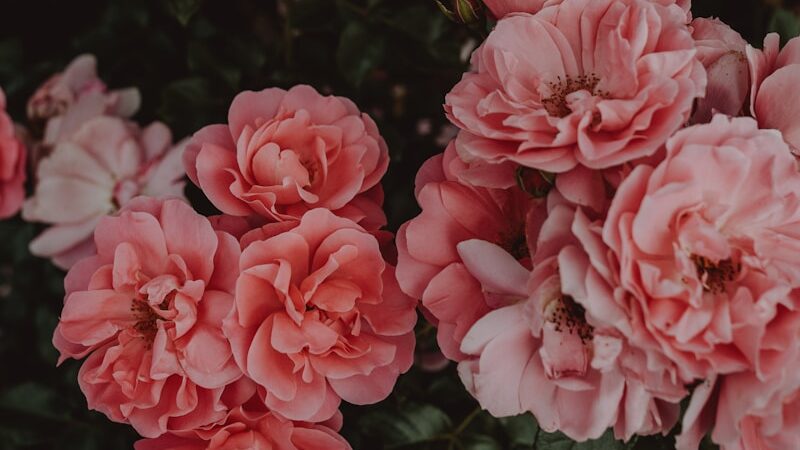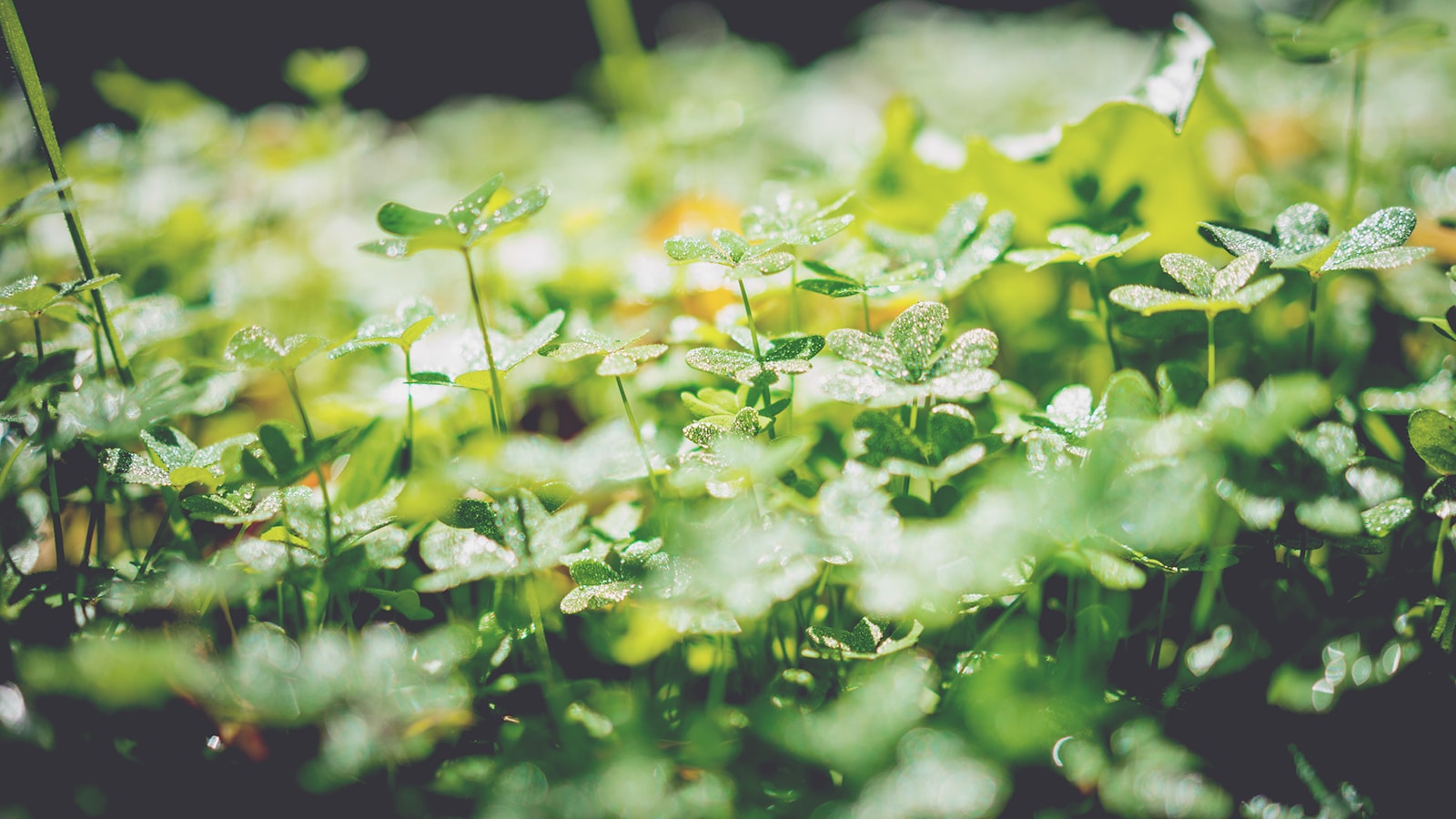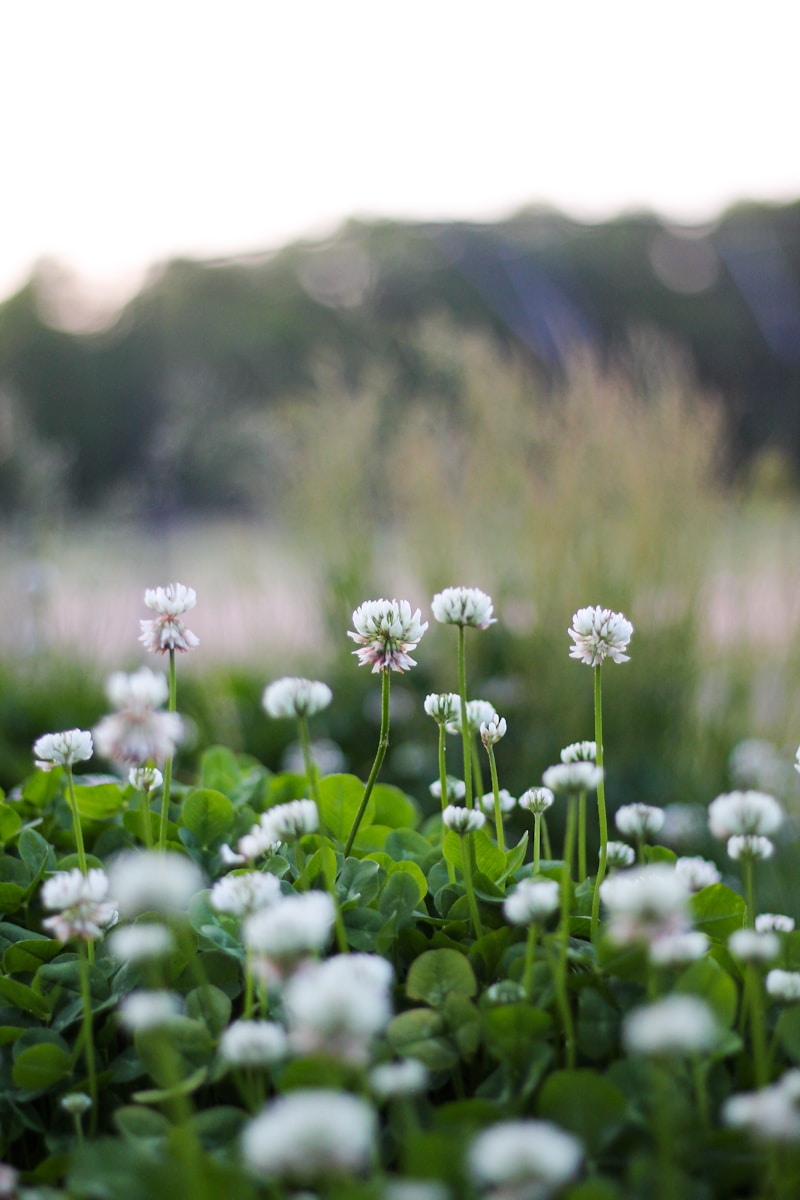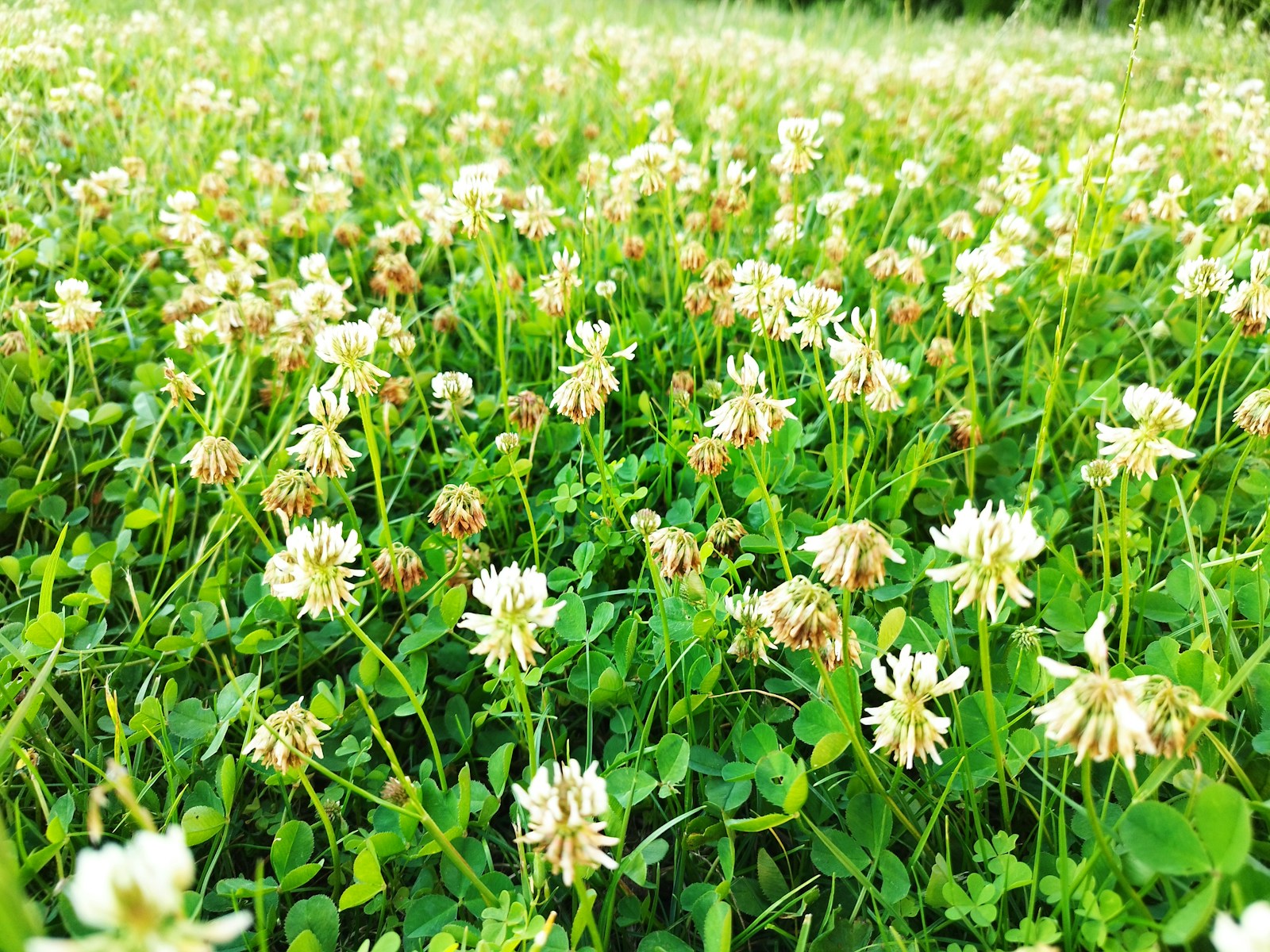Peonies are timeless garden staples, but even these hardy perennials need intervention to thrive. Overcrowded clumps lead to reduced airflow, inviting fungal diseases like botrytis blight and root rot. The Missouri Botanical Garden notes that dense growth also limits nutrient uptake, causing fewer, smaller blooms. Division every 10–15 years revitalizes the plant’s vigor and offers a chance to propagate cherished heirlooms.
Heirloom peonies, like the century-old ‘Festiva Maxima,’ carry stories and sentimental value. By dividing them, gardeners preserve living legacies. Clara, a Portland, OR, gardener, divided her grandmother’s 50-year-old ‘Sarah Bernhardt’ peonies, sharing them with friends. “Each division feels like passing down a family treasure,” she says. “Now, Grandma’s peonies bloom in gardens from Seattle to San Francisco.”

When to Split Peonies: Timing Is Critical
Peonies demand precise timing. Early fall (September–October) is ideal, as the plant enters dormancy and energy shifts to root storage. Cool soil temperatures and autumn rains promote root establishment without the stress of summer heat.
Regional Nuances:
- Cold Zones (e.g., Minnesota): Divide in early September to avoid early frosts.
- Warm Zones (e.g., Georgia): Wait until mid-October, ensuring soil stays below 60°F.
- Microclimates Matter: Urban gardens (e.g., Chicago) may retain heat longer—adjust by 1–2 weeks.
Why Avoid Spring? Spring division disrupts the plant during bud formation. The Royal Horticultural Society warns that splitting peonies in spring often delays blooms for 2–3 years as roots rebuild.
Essential Tools for Successful Division
- Sharp Spade or Garden Fork: A fork minimizes root damage in clay soils.
- Pruning Saw or Hori-Hori Knife: Sterilize with 10% bleach to prevent disease transfer.
- Garden Hose: Rinse roots to spot eyes and rot—critical for precise cuts.
- Bone Meal or Compost: Peonies crave phosphorus; bone meal boosts root development.
- Sturdy Gloves: Protect against abrasive roots and soil pathogens.
Pro Tip: Label divisions with waterproof tags if splitting multiple varieties.
Step-by-Step Guide to Dividing Peony Plants
- Cut Back Foliage: Trim stems to 2–3 inches to focus energy on roots.
- Dig Deep: Circle the plant 12–18 inches out, angling the spade inward. Lift gently to avoid snapping brittle roots.
- Rinse Roots: Use a hose to wash away soil. Healthy tubers are firm and cream-colored; discard mushy, blackened sections.
- Divide with Surgical Precision:
- Identify Eyes: Look for pinkish buds (next year’s stems). Each division needs 3–5 eyes and 4–6 inches of attached root.
- Cut Conservatively: Use a saw for thick tubers. Avoid tiny divisions—single-eye plants may take 5+ years to bloom.
- Cure Divisions (Optional): Let cuts air-dry 12–24 hours in shade to prevent rot.
- Replant with Care:
- Depth: Eyes 1–2 inches deep (2 inches in warm zones). Deeper planting stifles blooms.
- Spacing: Allow 3–4 feet between plants. Crowding breeds disease.
- Enrich Soil: Mix compost and bone meal into the hole. Water deeply to eliminate air pockets.
Case Study: In Denver, CO, landscaper Luis rescued a neglected ‘Karl Rosenfield’ peony by dividing its woody center. “The original clump hadn’t bloomed in years,” he recalls. “After splitting it into three sections and amending the soil, all divisions flowered by the third spring.”
Fall vs. Spring Division: A Risky Choice
| Factor | Fall | Spring |
|---|---|---|
| Root Recovery | Roots establish pre-frost | Energy diverted to foliage |
| Bloom Impact | Blooms in 1–2 years | Skips 1–2 blooming seasons |
| Disease Risk | Low (dormant season) | High (active pathogens) |
| Success Rate | 90% with proper care | 50% (per American Peony Society) |
Expert Insight: The American Peony Society permits spring division only for emergency cases, like construction threats.
5 Common Mistakes (and How to Avoid Them)
- Too Few Eyes:
- Consequence: Sparse blooms for years.
- Fix: Use divisions with 3–5 eyes—each eye represents a future stem.
- Planting Too Deep:
- Consequence: “Blind” plants with foliage but no flowers.
- Fix: Measure depth with a ruler—eyes 1–2 inches below soil.
- Neglecting Soil Prep:
- Consequence: Poor drainage drowns roots.
- Fix: Test soil pH (peonies prefer 6.5–7.0). Add sand for clay or compost for sand.
- Dirty Tools:
- Consequence: Spreads viruses like peony ringspot.
- Fix: Sterilize tools before/after each plant.
- Impatience:
- Consequence: Digging up divisions too soon.
- Fix: Mark locations with stakes and wait 2–3 years for blooms.
Troubleshooting Post-Division Issues
- No Blooms:
- Causes: Deep planting, insufficient sun, or youth.
- Fix: Replant shallower or transplant to a sunnier spot (6+ hours of direct light).
- Wilting Leaves:
- Causes: Overwatering or compacted soil.
- Fix: Add perlite (30% volume) to improve drainage.
- Gray Mold (Botrytis):
- Causes: Humid conditions + poor airflow.
- Fix: Remove infected tissue; spray with copper fungicide weekly.
- Ants on Buds:
- Myth Busted: Ants don’t harm peonies—they feed on nectar and may even deter pests.
Pro Tip: Apply a thin layer of mulch (1–2 inches) in fall to insulate roots, but keep it away from stems to avoid rot.
Sustainability and Heritage Preservation
Dividing peonies reduces reliance on commercial nurseries and preserves genetic diversity. In Charleston, SC, the “Peony Preservation Project” salvages antique varieties from development sites. Volunteers divide and replant them in community gardens, saving rare cultivars like the 19th-century ‘Duchesse de Nemours.’
“These plants are living history,” says project leader Dr. Eleanor Hart. “Every division safeguards a piece of horticultural heritage.”
Real-Life Success Stories
- Texas Transplant Triumph: Mia in Austin, TX, defied the heat by dividing her ‘Festiva Maxima’ peonies in October. She shaded new divisions with 40% UV cloth and mulched with pecan shells. “By year three, they outperformed store-bought plants,” she says.
- Michigan’s Blooming Legacy: Retiree Carl donated divisions of his 1940s ‘Kansas’ peonies to a local museum. “They’re planted beside historic farmsteads,” he says. “Visitors learn about gardening and local history.”
FAQs Answered by Experts
Q: Can tree peonies be divided?
A: Rarely—they’re grafted onto herbaceous rootstock. Propagate via layering or cuttings instead.
Q: How to store divisions before planting?
A: Wrap tubers in damp sphagnum moss and store in a perforated plastic bag at 40°F (e.g., refrigerator crisper) for up to 2 weeks.
Q: Do peonies need fertilizer after division?
A: Yes! Apply a low-nitrogen fertilizer (5-10-10) or bone meal in early spring.
Q: Can I grow peonies in containers after dividing?
A: Yes, but choose large pots (18+ inches deep) and water frequently. Overwinter in a garage to protect roots from freezing.
Final Thoughts
Dividing peonies is a blend of science and sentiment—a practice that honors the past while cultivating future beauty. Whether you’re in the frosty Midwest or the arid Southwest, patience, precision, and a reverence for tradition will reward you with decades of breathtaking blooms. Sharpen your tools, embrace the autumn chill, and let your garden’s legacy unfold—one division at a time.



